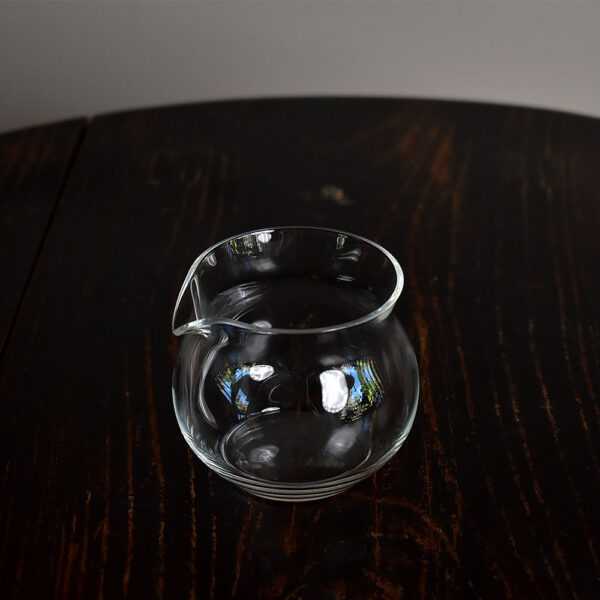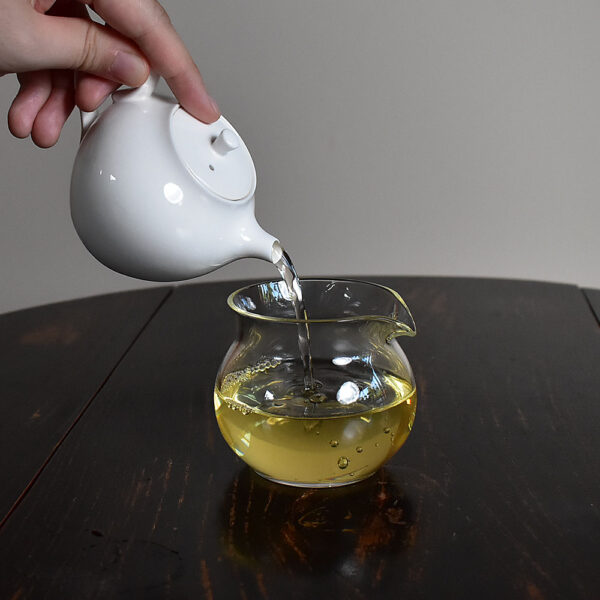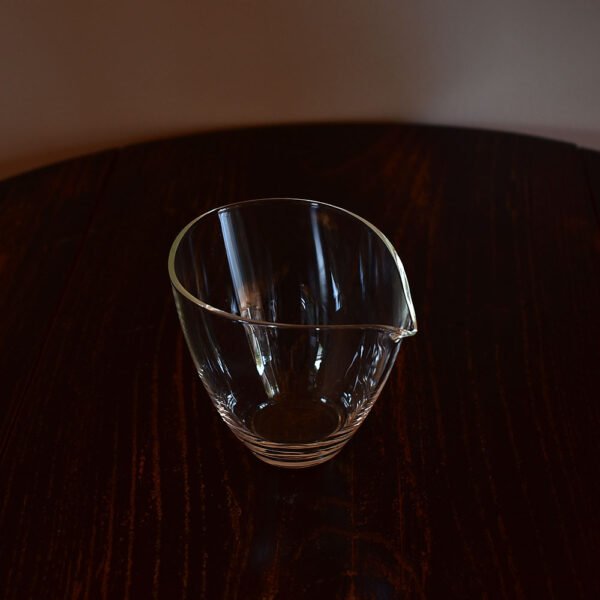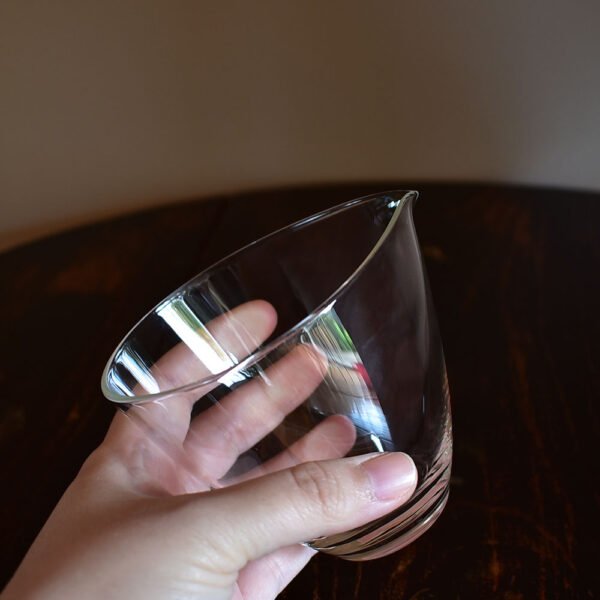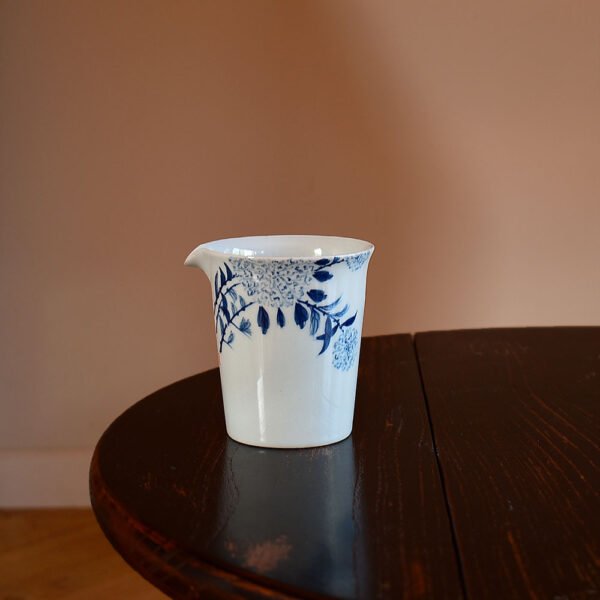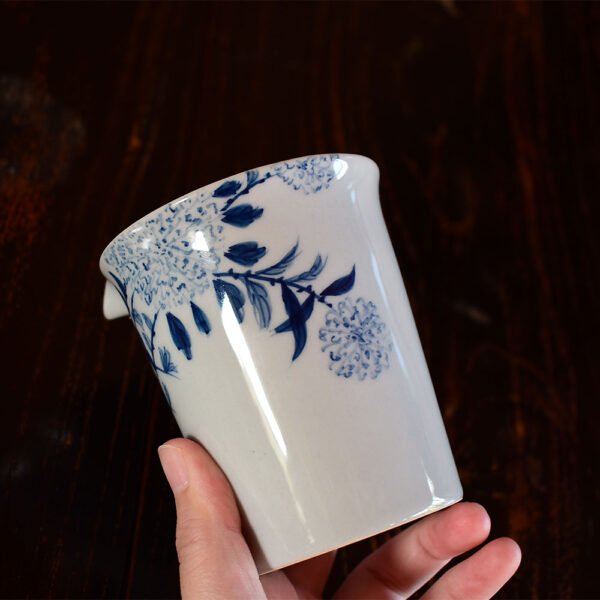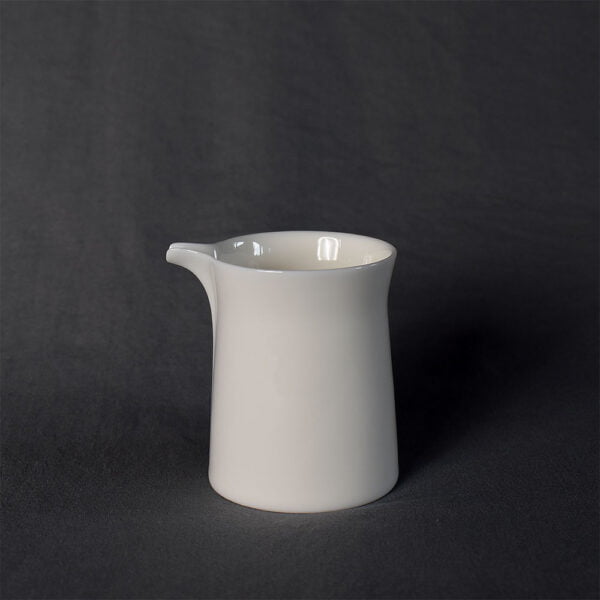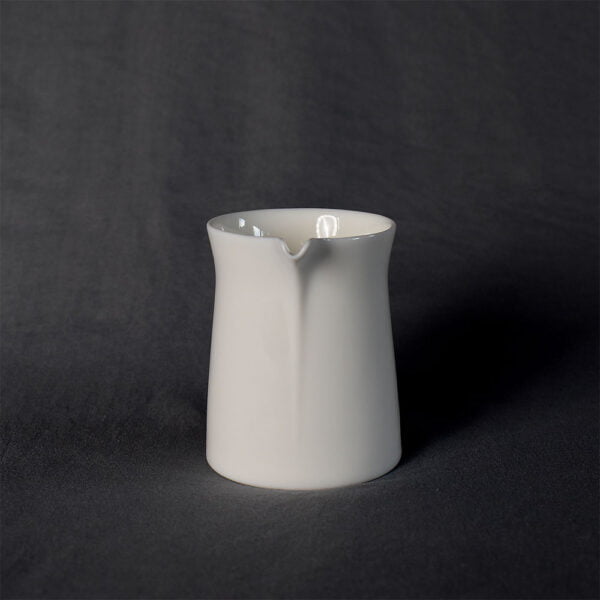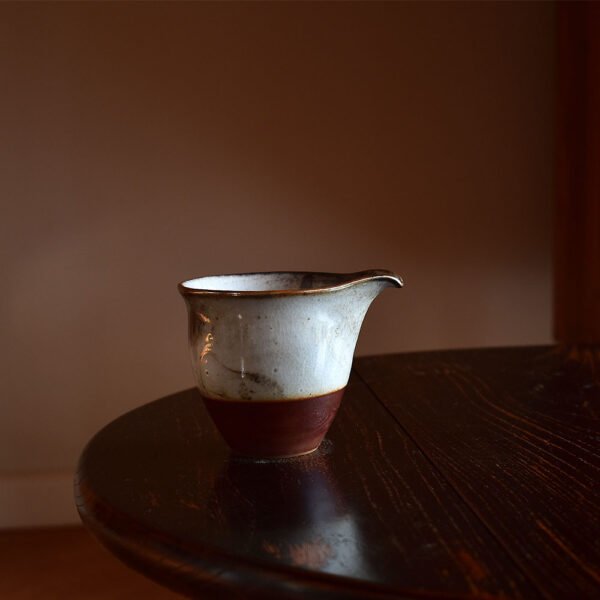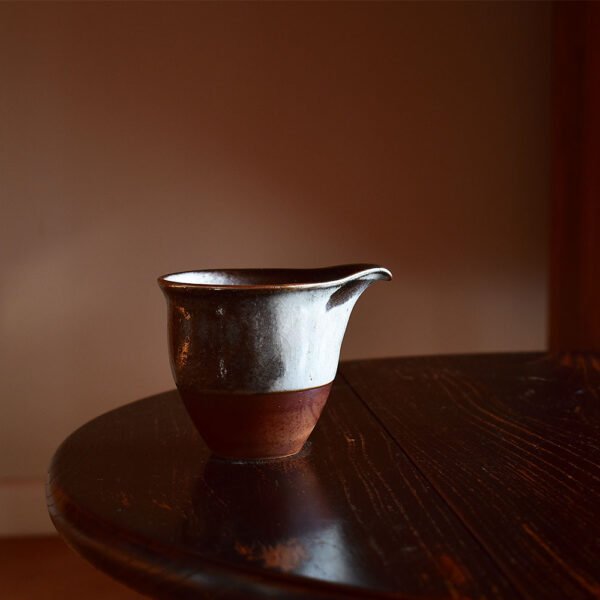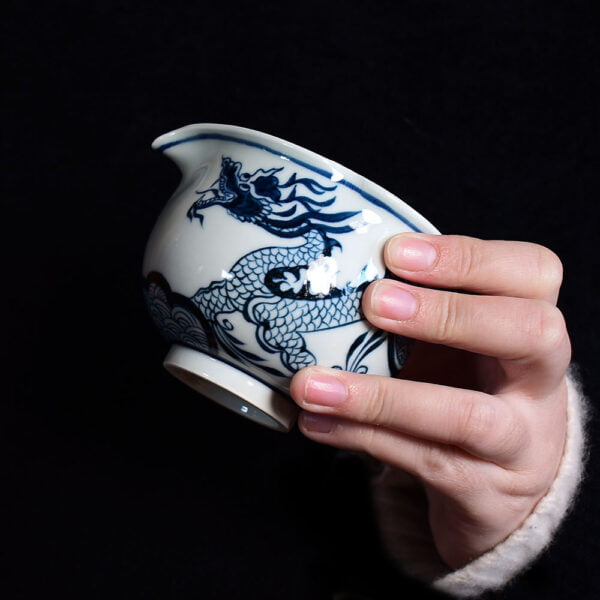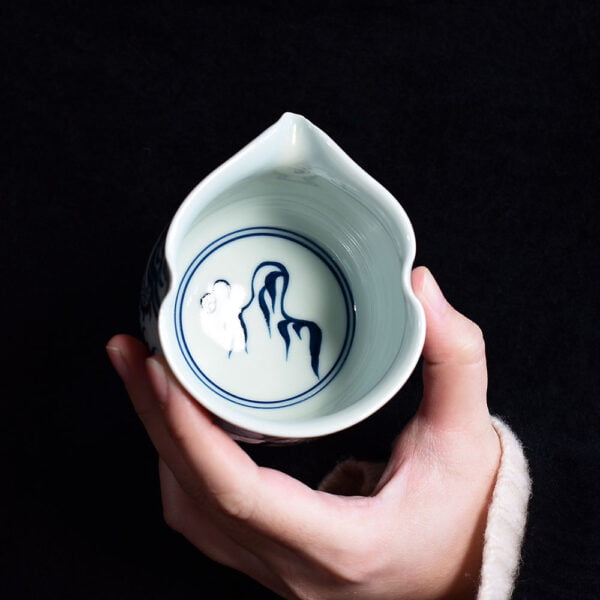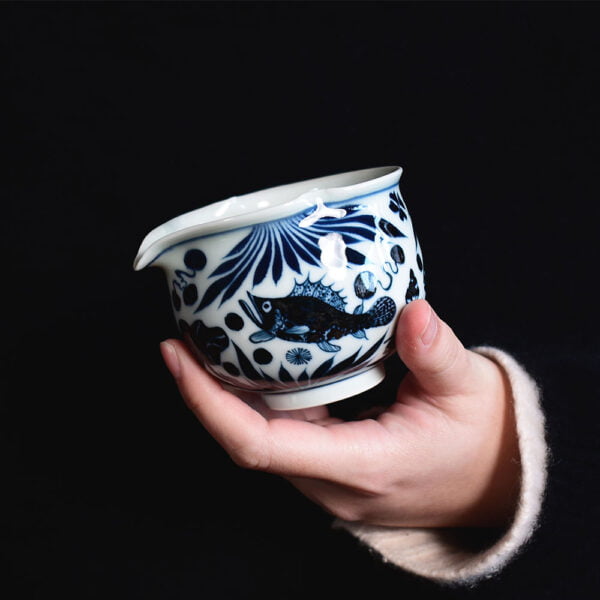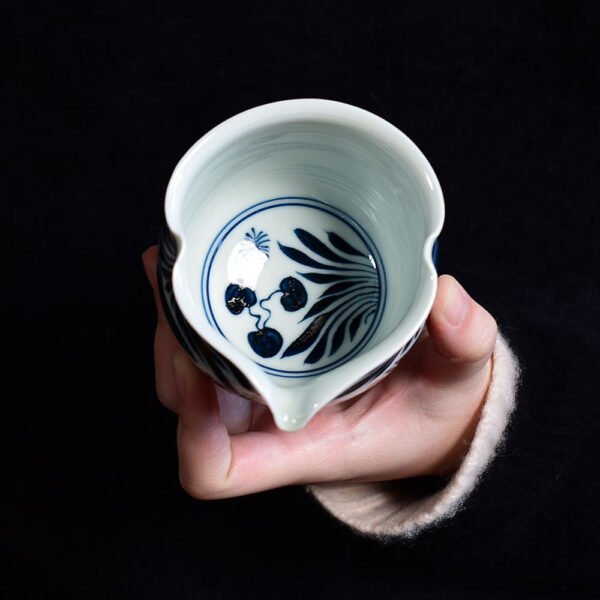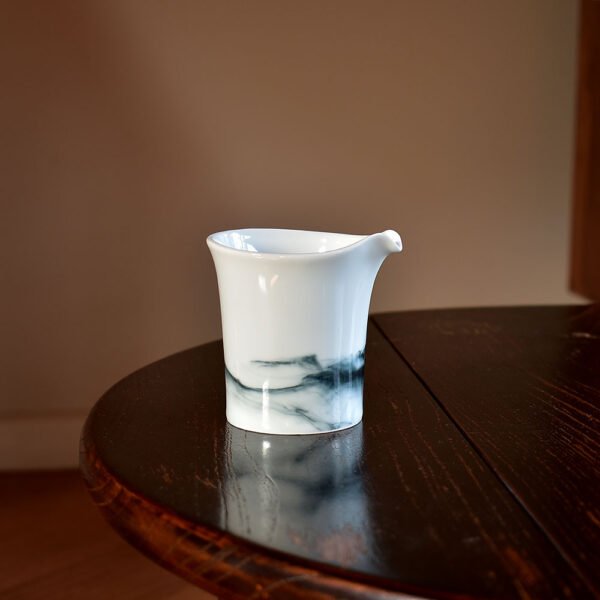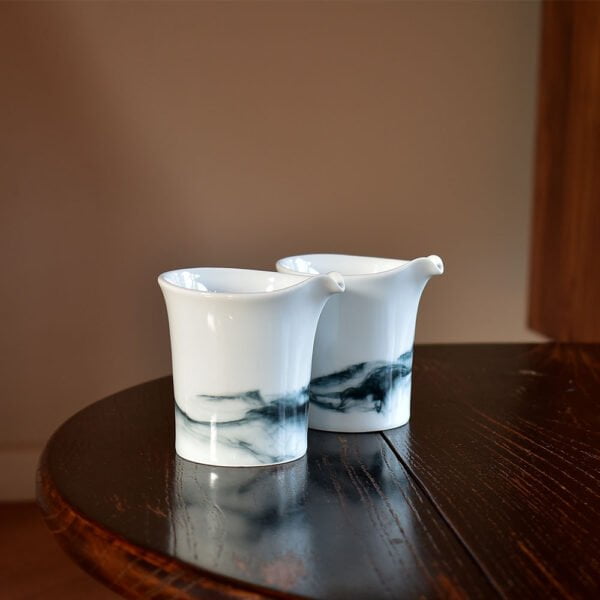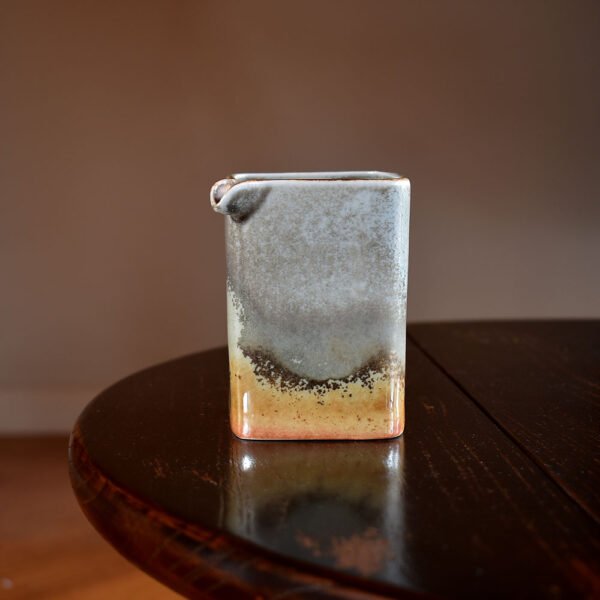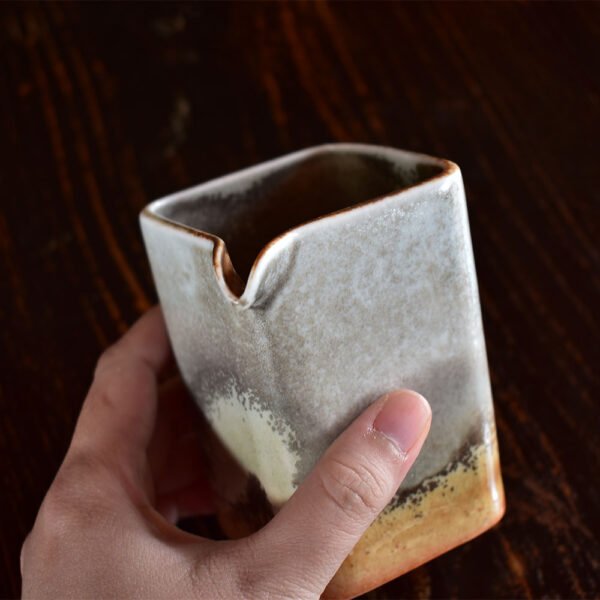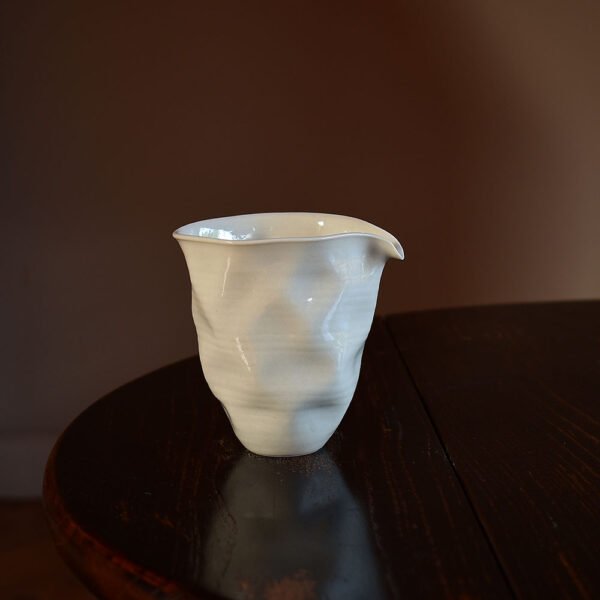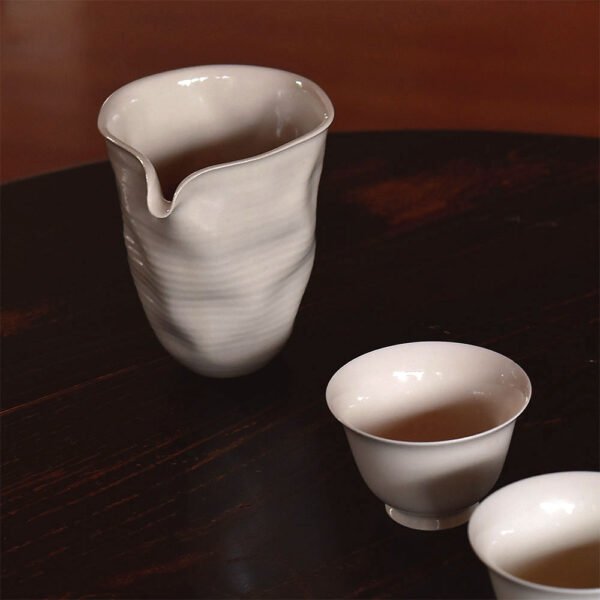In Chadao, the concept of fairness and equality is highly valued, and the Fair Cup serves as a symbol of these principles. The act of pouring tea from the Fair Cup is also seen as an important part of the tea ceremony, as it demonstrates respect for the guests and a commitment to hospitality and generosity.
What is the Fair Cup (Gong Dao Bei)
In the traditional Chinese tea ceremony, precision and equality is key and the Fair Cup, also known as Gong Dao Bei, is a crucial part of that. At Hey China, we offer a range of beautifully crafted Fair Cups that not only enhance your tea rituals but also add to your teaware collection, ensuring an elegant serving experience.
What is a Fair Cup?
The Fair Cup, or Gong Dao Bei (which means “fairness cup” or “justice cup”) is an important part of the Chinese tea ceremony. Its main purpose is to ensure that the tea served to each guest is the same quality and flavour. After the tea is brewed in a teapot or Gaiwan, it is poured into the Fair Cup. From the Fair Cup, the process of pouring tea into individual tea cups ensures each guest gets an equal amount of tea, the same strength and flavour in every cup.
Why use a Fair Cup?
Consistency
One of the main reasons to use a Fair Cup is to maintain the quality of the tea throughout the ceremony. When tea is brewed, the first and last pours from a teapot or Gaiwan can be different, the first being lighter and the last stronger. By pouring the tea into the Fair Cup first, these variations are balanced out so every guest gets the same perfect cup of tea.
Pre-warming the Fair Cup with hot water before use helps maintain the tea’s temperature and enhances its aroma, ensuring a consistent and enjoyable tea experience.
Symbol of Equality
The Fair Cup also symbolises fairness and equality, values that are deeply rooted in Chinese tea culture. By using a Gong Dao Bei, the host shows respect to all guests, so everyone gets the same experience no matter when their tea is poured.
Features of a Fair Cup
Our Fair Cups are designed with both function and form in mind. Made from high quality materials like porcelain or ceramic, these cups are designed to be easy to hold and to pour from, so you get a smooth and controlled pour every time.
- Porcelain Fair Cups: Porcelain is a traditional material for Fair Cups, smooth and durable. Great for those who like the classic look and feel of traditional Chinese teaware. Porcelain is excellent at retaining heat, ensuring your tea stays hot for longer periods.
- Glass Fair Cups: For those who like to see the tea, glass Fair Cups are a beautiful and practical option. The transparency of glass adds a visual element to the tea ceremony, so you can see the tea as well as taste it.
How to use a Fair Cup
Using a Fair Cup is easy, but adds a level of sophistication to the tea ceremony. After brewing your tea in a teapot or Gaiwan, pour the tea into the Fair Cup. This step blends the tea, so the flavour is consistent. Then pour the tea from the Fair Cup into individual tea cups, so each guest gets the same amount.
Add a Fair Cup to your tea ceremony
Using a Fair Cup is not just about consistency, it’s about fairness and respect, values that are part of Chinese tea culture. At Hey China, our range of Fair Cups offer different styles and materials so you can choose the one that suits you and your tea rituals.





